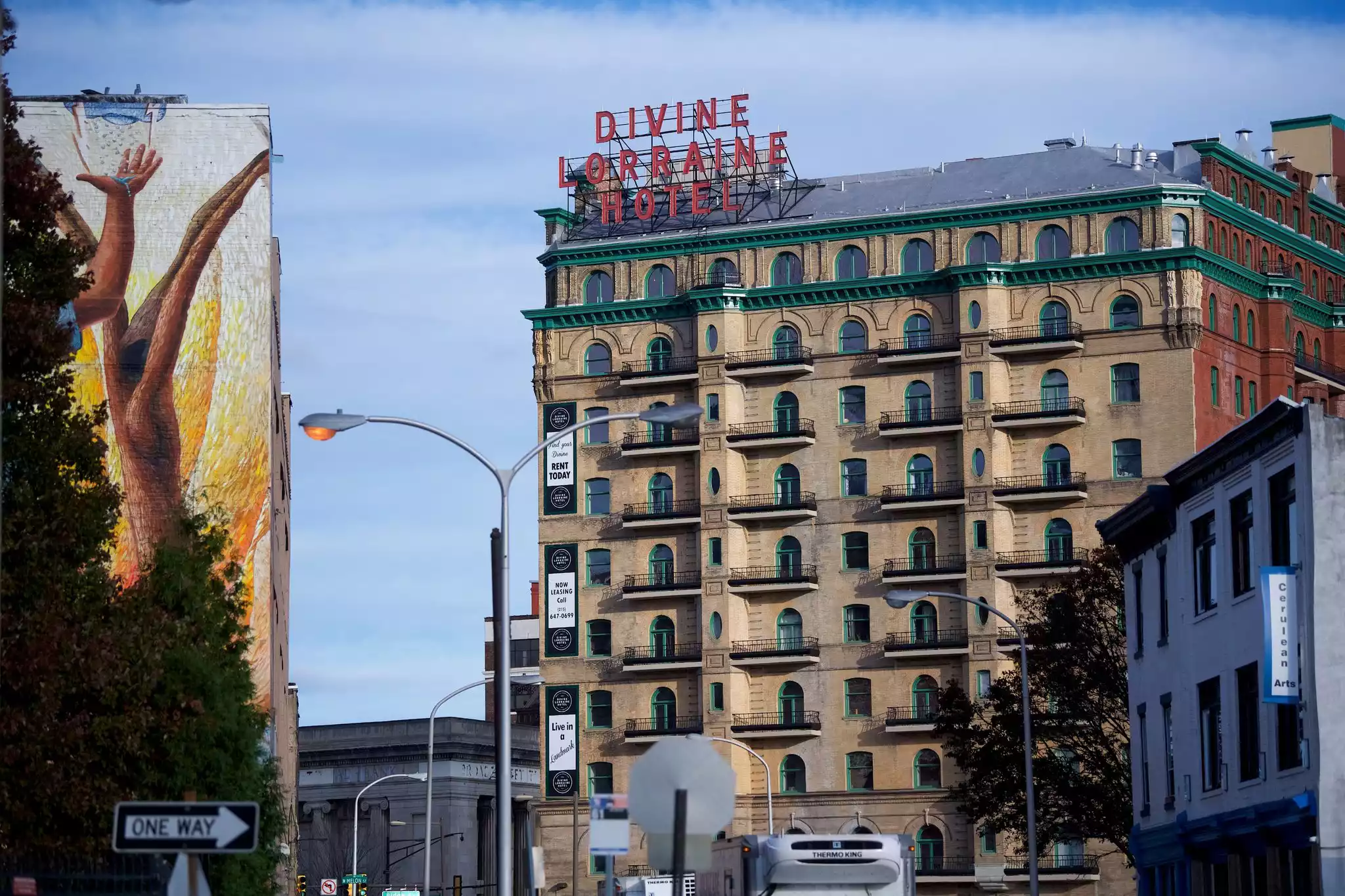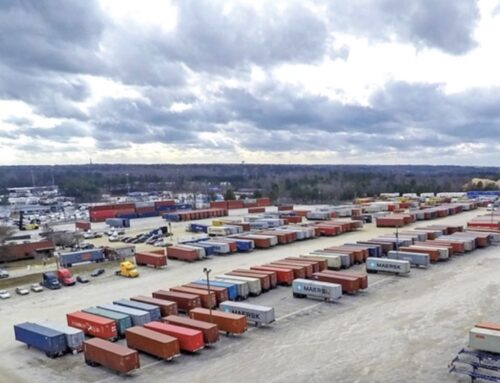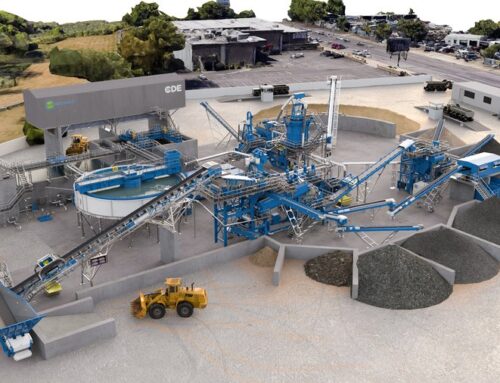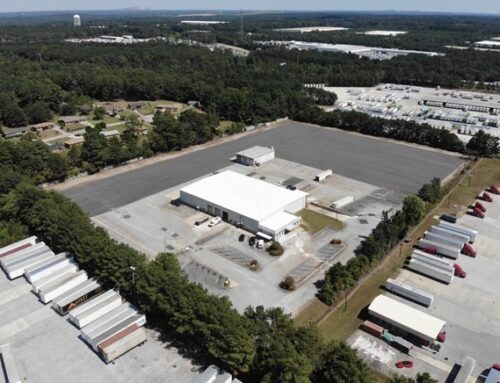Source Article NewYork.com
By Jon Hurdle
PHILADELPHIA — At 40th and Chestnut Streets on the west side of this city, a block of six red brick Victorian rowhouses is interrupted by an incongruous stretch of new student housing with gray walls and beige metal window frames.
The units were built over the last two years on land that was made available by the demolition of two historic houses, among the latest casualties of Philadelphia’s boom in commercial real estate.
As demand for commercial property surges with a strengthening downtown economy, preservationists and the city authorities are searching for ways to defend the fabric of this historic city from the wrecker’s ball.
The city is adding staff to its Historical Commission, which designates buildings as historic and must approve any demolition permits for those buildings. And Mayor Jim Kenney has set up a task force on historic preservation to recommend ways to foster economic growth without sweeping away the past, aided by the National Trust for Historic Preservation, which this year listed Philadelphia’s historic neighborhoods as among its “national treasures.”
The measures, though in their early stages, offer hope to Philadelphia’s preservationists, who struggled for years to defend historic buildings from the decay that resulted from a stagnating economy and are now trying to counteract a threat to older buildings from a suddenly vigorous property market. But their hopes, like those in other cities, have been jolted by the proposed elimination of the federal historic building tax credit that has underpinned many reuse projects. The credit allows owners of income-producing historic properties to deduct 20 percent of renovation costs from taxable income. Losing that credit, as proposed in the Republican tax bill introduced in the House on Nov. 2, would be a major setback to building preservation throughout the country, advocates say. The Senate’s tax bill, released last week, would cut the tax deduction to 10 percent.
According to the National Trust, the credit enabled the rehabilitation of more than 300 historic buildings in Philadelphia from 2002 to 2016. Nationwide, 1,039 historic buildings were repurposed with $1.2 billion in tax credits during the 2016 fiscal year, a 20 percent increase over the previous year. The organization — which is operating similar programs in Detroit, Louisville, Ky., and Miami’s Little Havana neighborhood — argues that historic buildings nurture economic and social benefits.
In Philadelphia, losing the tax credit could have a devastating effect on efforts to defend the historic building stock, said Harris Steinberg, executive director of Drexel University’s Lindy Institute for Urban Innovation and chairman of the new preservation task force. “It very well could lead to more demolition of unprotected historic fabric,” he said.
According to the National Trust, almost 70 percent of Philadelphia’s buildings date from 1945 or earlier, but the city has so far given historic designation to only 2.2 percent of the total, about half the national average. Advocates attribute the low protection rate to the long-term underfunding of the Historical Commission, which has had only five staff members for the last 30 years, leaving it unable to evaluate many historic designation proposals that preservationists nominate.
But two more members will join the staff in coming weeks, enabling the commission to address a backlog in historic designations, said the commission’s executive director, Jon Farnham.
“I would imagine that we will be designating more than double the number that we designated this year or last year once we get these new staff members,” Mr. Farnham said. He said the new staff would allow the commission to resume the historic designation process for whole districts, in addition to individual properties. Additional protection would help to counter a threat from surging development. Seventeen major construction projects, worth a total investment of $808 million, were completed in downtown Philadelphia by the end of 2016, according to Center City District, an economic development organization. An additional 42 projects, including residential, office and retail space, were under construction at a total investment of $5.4 billion by the end of last year, while 22 more, totaling $3.3 billion, have been proposed.
Underpinning the jump in construction is a 19 percent increase in the downtown population since 2000, Center City District said, driven by an increase in job opportunities and cultural offerings downtown.
The resulting demand for space is putting pressure on older properties like the demolished Chestnut Street rowhouses, which were built in the early 1870s and were functioning apartment buildings in good condition, said Paul Steinke, executive director of the Preservation Alliance for Greater Philadelphia, a nonprofit organization that advocates the protection of historic buildings.
Among the buildings that Mr. Steinke fears could be demolished is a former chocolate factory built in 1865 on Washington Avenue in South Philadelphia, a few blocks from Lincoln Square, a development being built by Alterra Property Group that includes 322 apartments and 100,000 square feet of retail space.
With the expected influx of residents and shoppers from developments like Lincoln Square, the factory, which has been empty since 2006, could be more attractive to a developer for new construction than for adaptive reuse such as apartments, Mr. Steinke said.
Preservationists have also been galvanized by plans by Toll Brothers City Living to demolish five buildings on Jewelers Row, a historic downtown hub for artisans and retailers of diamonds and other gems, to make way for a condominium tower. Adaptive reuse has had notable successes, Mr. Steinke said. He cited the Divine Lorraine Hotel, an abandoned 1894 apartment building that was a notorious “billboard of blight” for years until the recent construction of 109 apartments and 20,000 square feet of ground-floor retail and restaurant space on a formerly shabby stretch of North Broad Street.
But demolition and new construction is usually more financially compelling to developers, said Ken Weinstein, president of PhillyOfficeRetail, a developer that renovates vacant commercial and mixed-used properties.
“The numbers right now point to making more money if you’re willing to demolish and build from scratch, particularly in the hot neighborhoods,” Mr. Weinstein said.
For that reason, the city would have to provide incentives such as more permissive zoning or give developers the first opportunity to buy city-owned properties if it decides to require more adaptive reuse, Mr. Weinstein said. Without concessions from the city, there would be “a lot of pushback” from developers, especially if the federal historic building tax credit was eliminated, he said.
How or whether the city can protect more of its historic buildings will be examined by the mayor’s 29-member task force over the next year, said Mr. Steinberg, who is expected to release the panel’s first report on Thursday.
The task force might end up recommending changes to the city’s 1985 historic protection ordinance, suggesting financial incentives for developers to preserve buildings or proposing a tiered system of historic designation, Mr. Steinberg said.
“Our job is not to advocate,” he said. “It’s to really be informed policymakers around the larger goal of balancing preservation and growth.”





